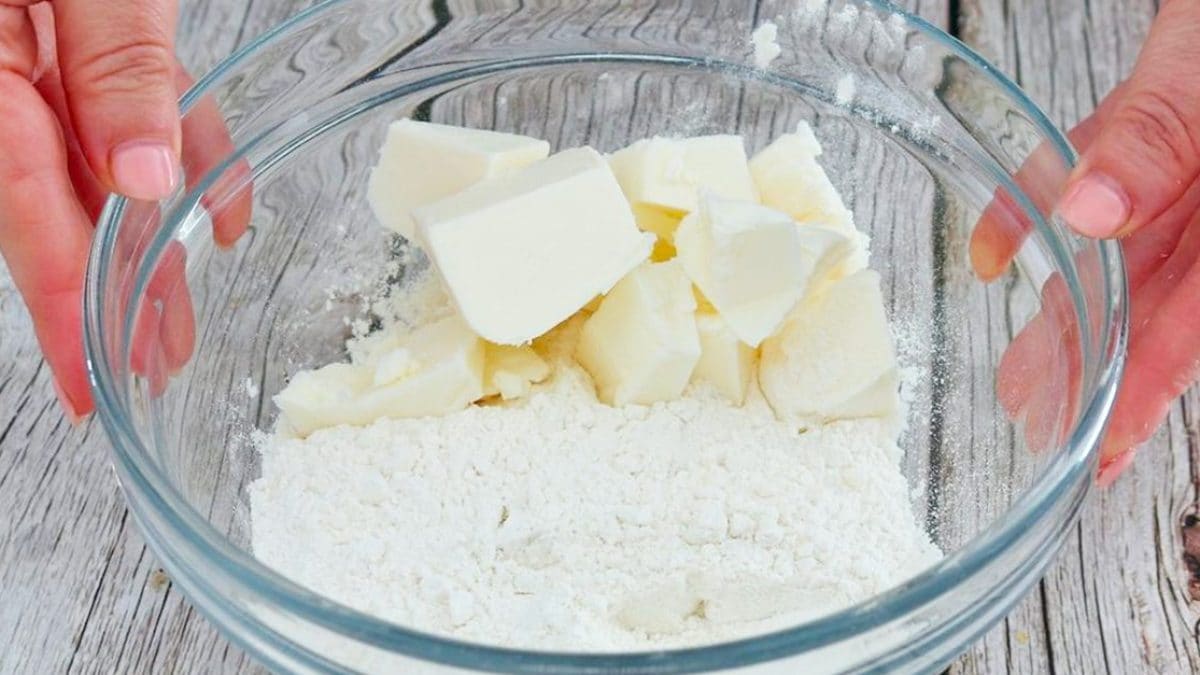
We've all tried at least once to make delicious pancakes, a birthday cake, or a yogurt loaf cake. Despite the different ingredients you might encounter—which obviously vary depending on the type of dessert you're making—the steps are almost always predetermined: you start with butter, sugar, and eggs, followed by the dry ingredients, and then the liquids. But did you know there's another technique that follows a slightly different path? Reverse creaming involves mixing butter with all the dry ingredients and then adding the remaining liquids, including the eggs. Let's find out what it involves and what its potential benefits are.
Where Does Reverse Creaming Come From?
The birth of reverse creaming doesn't date back to a specific date and isn't surrounded by any anecdotes or stories about a brilliant, casual intuition on the part of some pastry chef. In fact, it seems there was a sort of precursor, called the double-quick method, which appeared in a 1950s recipe book by Betty Crocker: this method involves adding a solid fat, animal or vegetable, called shortening, to which two-thirds of the liquid ingredients are added along with the dry ingredients, mixing everything together before adding the remaining liquids.
This method was later revived by Rose Levy Beranbaum, who replaced the shortening with butter, mixing the latter into all the dry ingredients and then the liquid ones. This procedure served—and still serves—to obtain a sandy mixture. In her book, The Cake Bible, Rose stated that she used this method because "it makes it virtually impossible to get a cake that's too hard." Reverse creaming, therefore, is simply a method in reverse: you start with the butter and the dry ingredients, then move on to the liquid part. It's a very simple technique that anyone can easily do at home.

Why Use Reverse Creaming?
Now it's natural to ask: why use this technique? There aren't really any particular advantages: some recipes turn out exactly the same using this method as the classic one (i.e., butter, sugar, eggs, and then the other ingredients). However, one thing should be clarified: reverse creaming is particularly suitable for cakes that don't need to rise too much. This is because the butter, coming into immediate contact with the flour and creating a sort of "barrier" around it, prevents the formation of a too-structured gluten network, thus preventing the dough from rising too much during baking – which is the same principle behind the shortcrust pastry process.
Conversely, a traditional method, which involves whipping a frothy mixture of butter, sugar, and eggs, will produce a dough rich in air, which will therefore rise more during baking. The result, in the former case, will therefore be a product with a more compact and less aerated structure than the latter—precisely due to the lack of air mentioned above—and therefore a flatter dough, without the classic dome in the center, ideal, for example, if we need to make a layer cake.
In light of this, therefore, the choice of method depends solely and exclusively on the type of dessert you intend to make and, in any case, the decision will not affect the outcome of your dessert which will still be a success.
;Resize,width=767;)
